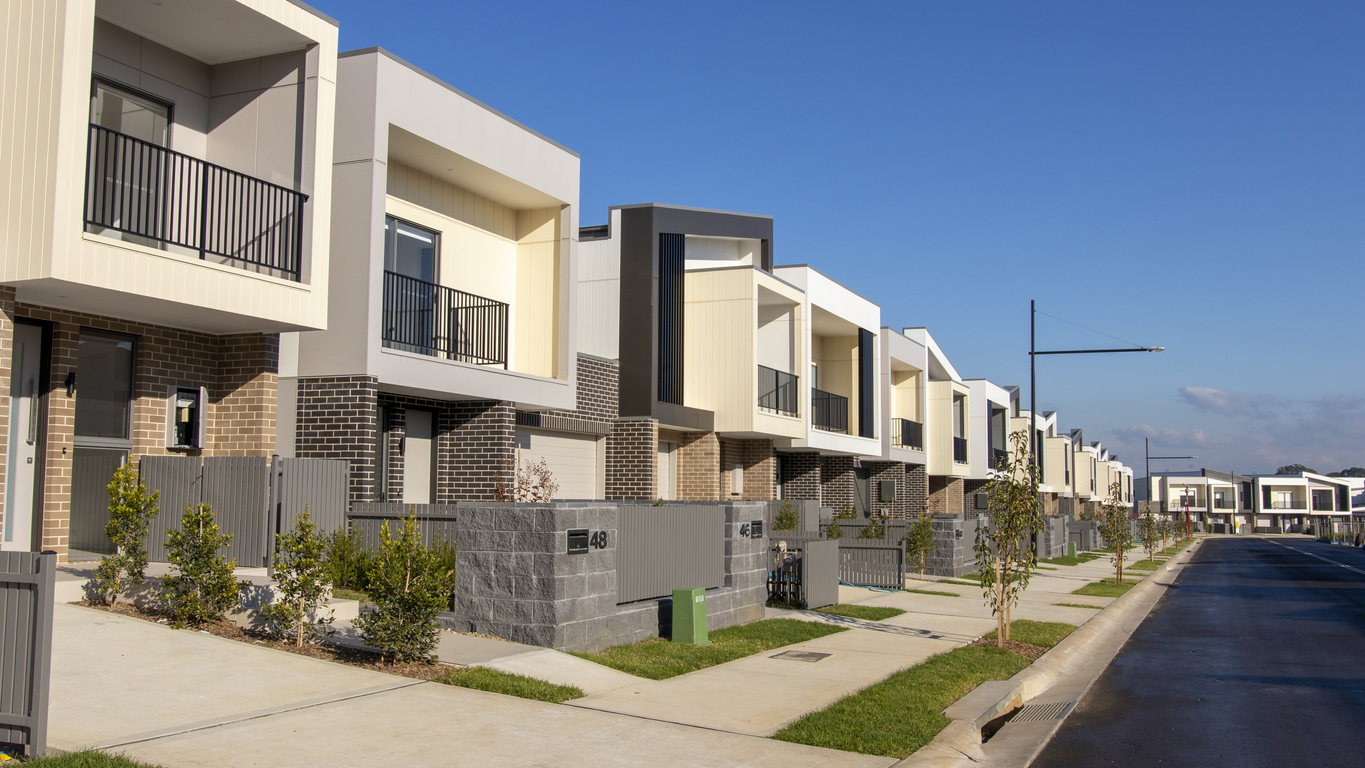Four Things to Consider Before You Subdivide and Build
Subdivision is the process of dividing a piece of land into two or more separate titles. The aim is to increase the land value and profit from the other property by selling or renting it. Subdivision is typically done in suburban settings to create more homes. In Australia, the most common forms of subdivision include subdividing existing properties, developments, and bare land subdivision. Subdivision may be risky; however, it can be worthwhile if you research and strategize. While the process varies from state to state, there are four things to consider before you subdivide and build.
1. Is Subdivision Possible?
It’s generally accepted that to subdivide, you need a minimum of 700sqm, including a driveway. The shape and the slope of the plot are also critical because they may affect the number of dwellings the property is able to accommodate. Access may also be restricted or reduced if the shape and the slope of the land are not conducive to construction. If you’re subdividing, choose a block which allows for easy entry and exit from the property during construction and after.
2. Is There Demand for Subdivided Dwellings?
The local property market needs to be stable; the local economy needs to be strong, and the local market needs to want what you are planning to build. If the local market cannot afford the type of property you want to develop, there’s no point investing in a subdivision. When you know what the local market can support, you will know whether to build a premium dwelling or to subdivide further into smaller, more affordable homes. You also need to find out whether the local community prefers freestanding homes or apartments, and if they prefer to buy or rent.
3. What Are the Planning Rules and Regulations?
Depending on the zoning and the planning regulations of the area, you may have trouble subdividing. Zoning relates to how the land may be used. Seeing as you’re unlikely to subdivide a dwelling on a property which is zoned for industrial use; you will be more concerned with whether the land can be used for low or high-density residential use. This will affect the type of dwelling you can build, the kind of parking which is allowed, and the size and height of the building, among other things
4. Access to Infrastructure
When subdividing, you must consider the major services such as sewerage, access to water, electricity, and fibre. If these services are not positioned so that they can continue to function seamlessly once the subdivision has been carried out, you may have to connect the new property to these services. Additional infrastructure will impact the cost of the subdivision and potentially eat into your profits.
Successfully subdividing a property requires a lot of due diligence and the help of professionals who are well versed in the process. People such as builders, land surveyors, and property lawyers will help with the technical aspects of subdividing. For further help, invest in Archistar property development software. Request a free demo today to discover how Archistar can save you time and money on your next project.


